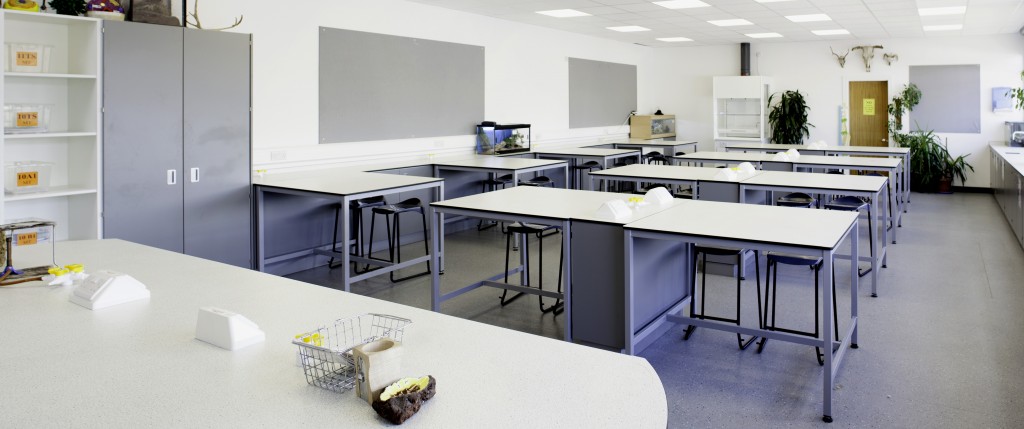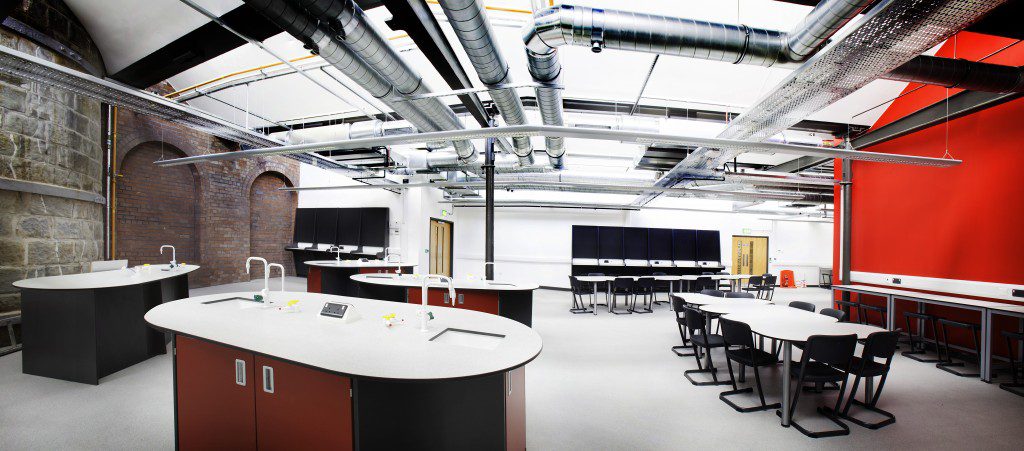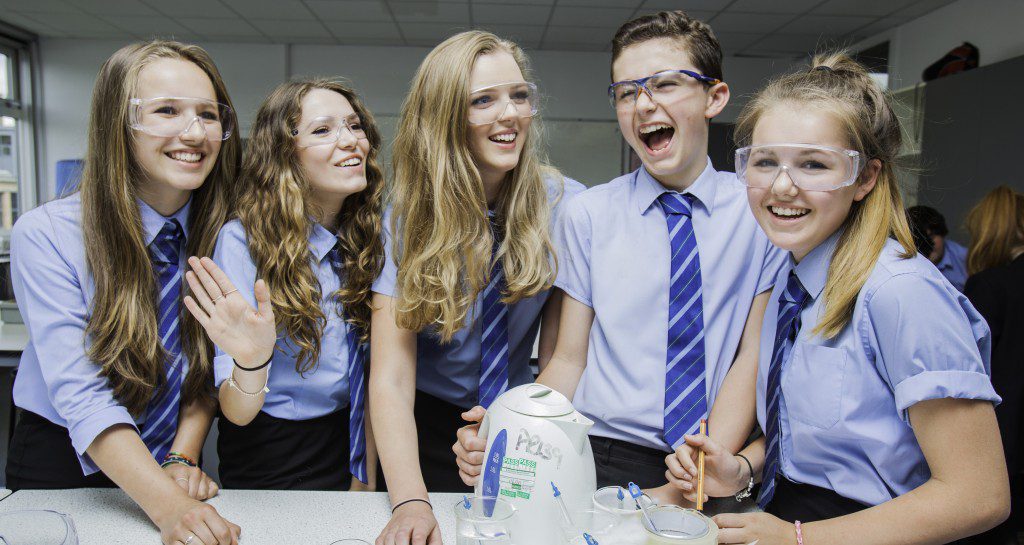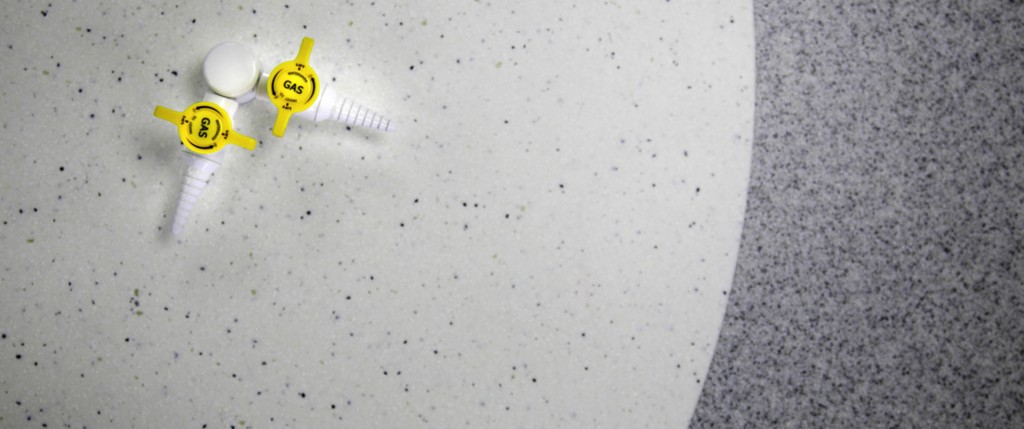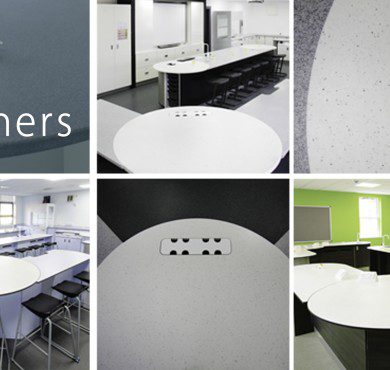Five Design Elements for School Labs
Here are five key elements which need to be considered when designing and installing school science laboratories:
1. Flexibility
Effortlessly and efficiently dividing science lessons between practical and theoretical learning helps students apply their knowledge more effectively. A theoretical understanding of scientific principles can aid students’ participation in practical learning and intelligent classroom design can strongly support this.
At Innova Design Group‘, we are experts at designing laboratories that incorporate features ideal for practical and theoretical learning as well as both solo and group work. This helps students attain a more rounded scientific understanding.
2. Environmental Factors
It is not merely the content of the lessons or how it is being delivered which helps improve students’ understanding of a subject, but also the environment in which they are taught. The University of Salford are continuing research which so far highlights that environmental factors affect the progress of 73% of students. Measuring students from 34 classrooms over one academic year, the research team discovered that learning progress can be affected by as much as 25% by the environmental factors of a classroom.
Our team carefully considers all environmental factors when designing a laboratory including the use of natural light, acoustics, storage and colour.
3. Student Positioning
Since the Victorian era, the standard seating arrangement in the classroom has been row after row of students facing a tutor at the head of a long, narrow classroom. Despite curriculum’s, technologies and even scientific understanding having changed dramatically in the past 150 years, the classroom set-up largely remains the same. Classrooms must adapt to support a range of different learning activities to help encourage interaction and collaboration.
Our Hot Corners concept is ideal for this as it can help address the needs for both individual study and group work, by providing space for both methods of learning.
4. Use of Space
Sufficient circulation space in classrooms is important when maintaining a safe working environment. The arrangement of fixed and loose furnishings needs to afford teachers and students the freedom to circulate easily around the classroom. This freedom of movement can help improve the interaction between all parties to ensure a safer and more accessible lab which helps to promote inspiration.
5. Installation of Durable Materials
Science laboratories are a big investment, and a poorly designed lab will impact on a generation of pupils, teacher and technicians. Using the right materials will reduce maintenance costs and will add major value to the learning experience. Durable scratch, impact and chemical resistant surfaces are important when selecting the right laboratory worktop.
Innova specify high quality, durable materials in their science laboratory installations. High performing Trespa and solid surface materials such as, Corian, Velstone, Staron, LG, Hi-Macs and Avonite have been specially designed for ease of maintenance and longevity.
Contact
For more information how Innova Design Group can assist in the design and delivery of your school laboratory, call our team on 0161 477 5300



